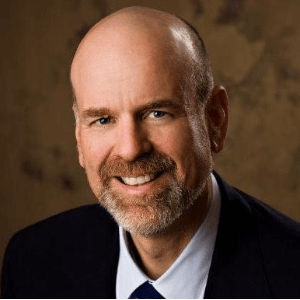Coracohumeral Ligament
The coracohumeral Ligament is a strong fibrous band within the shoulder joint, connecting the coracoid process of the scapula to the greater tubercle of the humerus. It forms part of the joint capsule and contributes to the stability of the glenohumeral joint. This ligament is part of the intricate network of structures that make up the shoulder's capsule and ligamentous system. It helps limit excessive external rotation and inferior translation of the humerus, supporting the overall stability of the shoulder during various movements. Injuries to the coracohumeral ligament are less common than those to other shoulder ligaments, but trauma or overuse can lead to strains or tears. Understanding the anatomy and function of the coracohumeral ligament is crucial in orthopaedics, particularly in the evaluation and treatment of shoulder instability or related conditions. Knowledge of the coracohumeral ligament is essential for orthopaedic surgeons and healthcare professionals when considering surgical interventions or rehabilitative approaches for shoulder injuries and instabilities.

Stephen S Tower
University of Alaska Anchorage, United States
Marcos Brioschi
American Academy of Thermology, United States
Wagih El Masri
Keele University, United Kingdom
Arif Akkok
Lake Erie College of Osteopathic Medicine, United States
Akash Ganguly
Warrington and Halton Hospitals NHS FT, United Kingdom
Sajid Ali
The Dudley Group NHS Foundation Trust, United Kingdom




Title : The UK profemur recall and implant cobaltism
Stephen S Tower, University of Alaska Anchorage, United States
Title : The tomographic phenotype and the genotype of wormain bones
Ali Al Kaissi, National Ilizarov Medical Research Center for Traumatology and Orthopaedics, Russian Federation
Title : New treatment of muscle contracture and joint contracture through muscle regeneration with mitochondrial dynamics
Ki Ji Lee, Busan Medical University, Korea, Republic of
Title : New treatment of sarcopenia through muscle regeneration with mitochondrial dynamics
Ki Ji Lee, Busan Medical University, Korea, Republic of
Title : The prevalence and association of self-reported depression symptoms with musculoskeletal pain and quality of life among pregnant women
Youssef Masharawi, Tel Aviv University, Israel
Title : Bipolar hemiarthroplasty under local anesthesia (2%)
Ketan Karabhai Parmar, Aayush Multispecialty Hospital, India